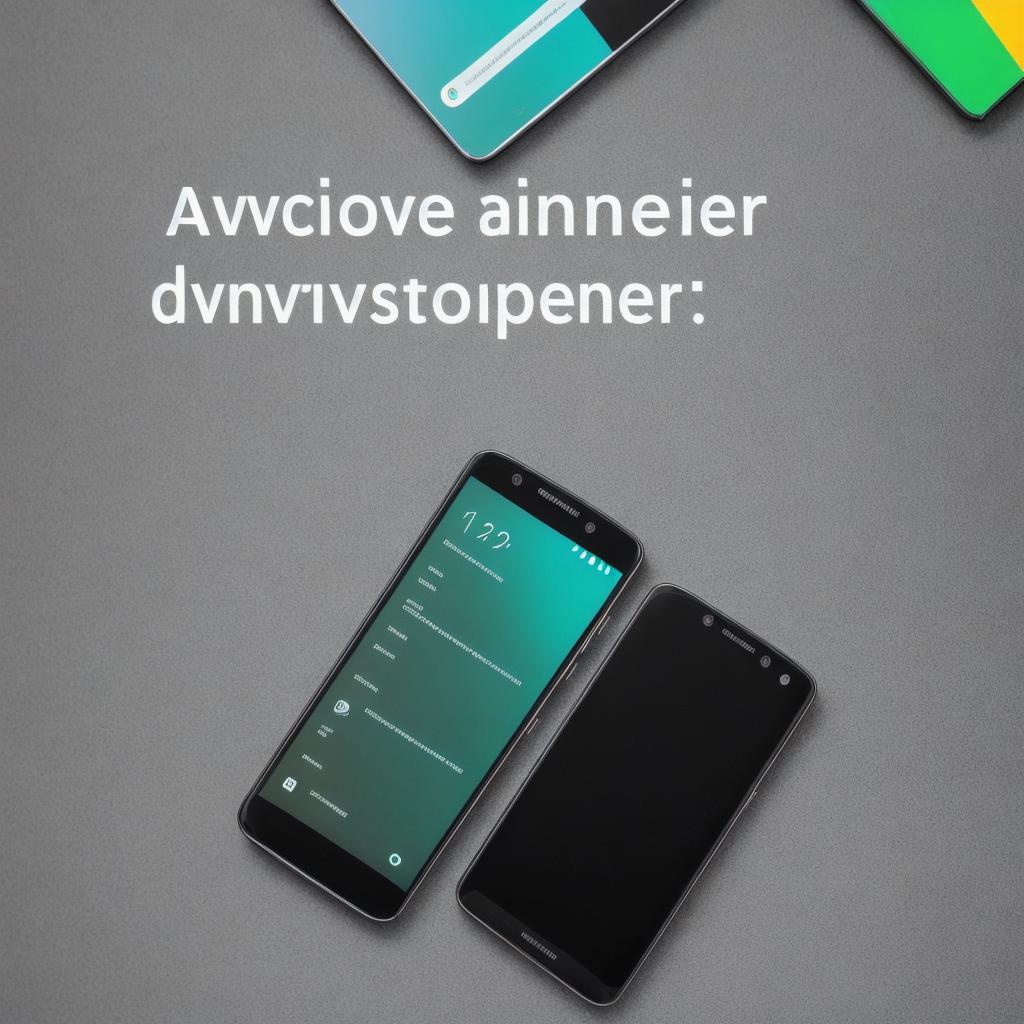Are you a beginner looking to start native android development? Look no further! In this step-by-step guide, we will take you through everything you need to know to get started on your journey to becoming an android developer.
Why Native Android Development?
Native android development is the process of building apps specifically for the android platform. There are several reasons why native android development is popular among developers:
- High Performance: Native apps run directly on the device’s hardware, resulting in faster and smoother performance compared to cross-platform apps.
- Customization: With native android development, you have complete control over every aspect of your app, allowing you to customize it to meet the specific needs of your users.
- Offline Capabilities: Native apps can be developed with offline capabilities, allowing them to function even when there is no internet connection.
- Better Security: Native apps are generally considered more secure than cross-platform apps, as they do not rely on third-party libraries and frameworks that could potentially contain security vulnerabilities.
Getting Started: Prerequisites
Before you can start native android development, there are a few prerequisites you need to meet:
- Java Programming Skills: You will need to have basic programming skills in Java, as this is the primary language used for native android development. If you don’t have any programming experience, consider taking an online course or tutorial to get up to speed.
- Android Studio: Android Studio is the official Integrated Development Environment (IDE) used for native android development. You will need to download and install Android Studio before you can start building your app.
- A Computer: To develop native android apps, you will need a computer with at least 4GB of RAM and an Intel Core i5 processor or higher.
Step-by-Step Guide: Building Your First App
Now that you have all the prerequisites in place, it’s time to start building your first app! Here is a step-by-step guide to help you get started:
- Create a New Project in Android Studio: Open Android Studio and create a new project by selecting "Empty Activity" and choosing your preferred application name.
- Design Your App’s User Interface (UI): Use the design tools within Android Studio to create a visually appealing UI for your app. You can use pre-designed templates or create your own custom layouts.
- Write Your App’s Code: Using Java, write the code for your app’s functionality. This will include things like user interaction, data storage, and networking.

- Test Your App: Once you have written the code, test your app to ensure it is functioning as expected. Android Studio has built-in testing tools that can help you identify and fix any issues.
- Publish Your App: Once you are satisfied with your app’s functionality, publish it to the Google Play Store for users to download and use.
Conclusion
Native android development is a rewarding and exciting field with endless opportunities for creativity and innovation. With the right skills, tools, and resources, anyone can start building native android apps. By following these simple steps, you too can become a successful android developer.
